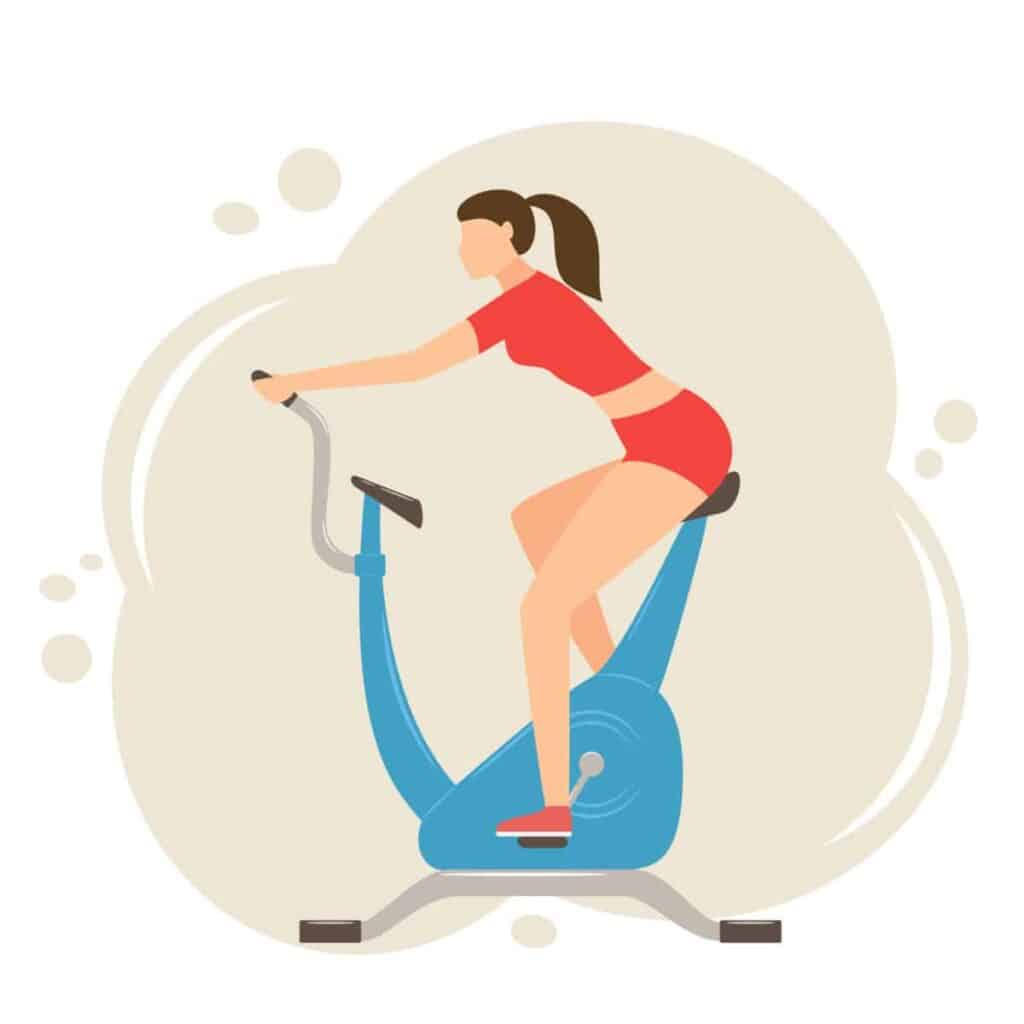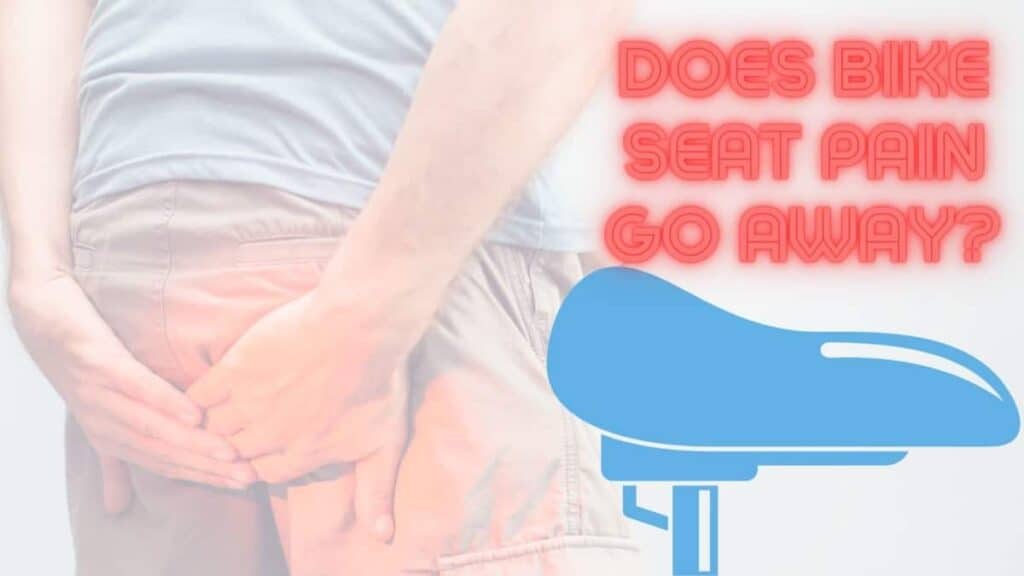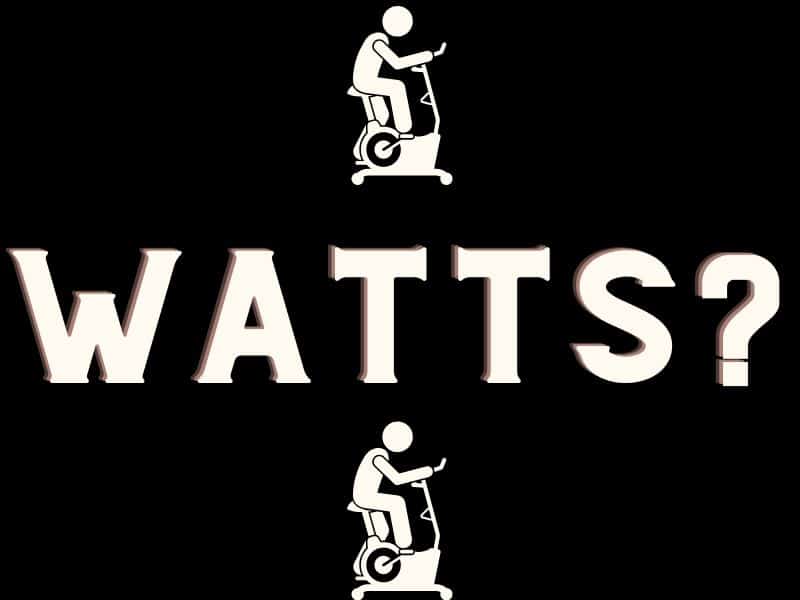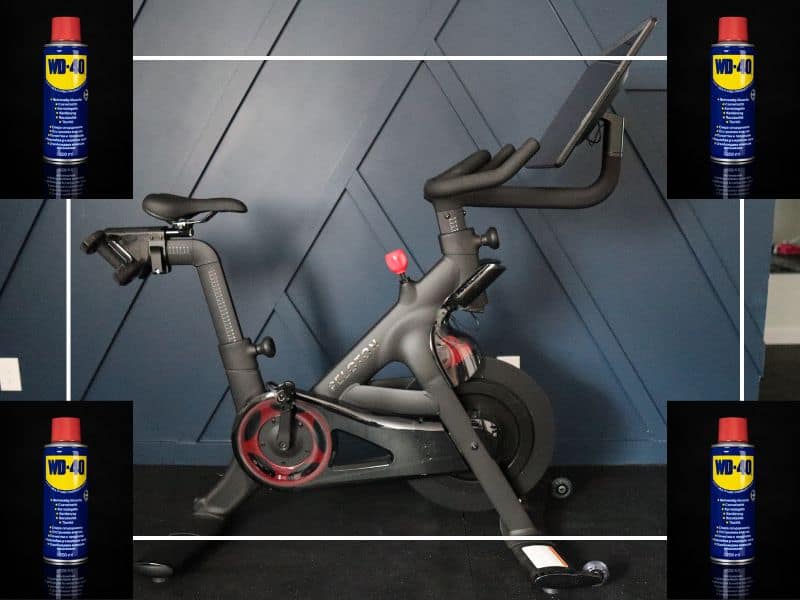It is reasonable to assume that after all the money shelled out for a Peloton, your bike seat would be as comfortable as a La-Z-Boy. But, alas, this is not the case. Wide and cushiony bike seats, whether on a mountain bike or a spin cycle, restrict movement and slow you down. Thus, the seat’s shape is designed for speed, not Netflix and chill, so it can be a pain in the backside if not positioned perfectly.
It can take a few weeks to adjust to a spin bike seat. However, ensure it is level and at the correct height. Proper form, with the bulk of your weight on the pedals, is essential for comfort, too. But if you are still struggling, saddle covers, padded shorts, and chamois cream can help.
Getting used to any new equipment can take a few days. But if you are only starting out in the spin world, you might not be aware of the correct position for your bike seat or yourself. Also, each exercise activity works muscles differently. So even if you are in excellent shape from swimming or rock climbing, spinning is still using your body in a whole new way, and it will take time to adjust.
8 Tips To Reduce Spin Bike Seat Soreness
Eventually, you’ll adapt to your bike seat, typically in around three weeks. But adjustment can be hastened by making some checks and using a few hacks. Because why wait if you can ease the pain in your derrière sooner? Thus, we’ve got 8 tips to help you on your quest to alleviate cycle pains-in-the-rear.
1 – Ensure Spin Seat Is Level To Reduce Soreness

If your bike seat isn’t level, it can cause extra discomfort. Because the seats are so narrow, there is a greater concentration of pressure on the contact points. If these few points are further reduced, the pressure on the remaining contact points is magnified. Thus, it is essential to have your seat perfectly level.
You don’t need to run out to a hardware store and buy a level to check. There are level apps available to download, or your phone may already have one. If you need to adjust the level, there are typically levers on either side of the seat or bolts that can be loosened with a wrench. The other issue could be your bike’s positioning, such as sloping downhill.
2 – Place Spin Seat At Correct Height To Prevent Soreness

It is imperative to your cycling comfort to have your seat at the correct height. Too high, low, back, or forward can result in an unnecessary ache. You want the seat to allow most of your weight on the peddles at all times. There should still be a slight bend to the knee at full extension. If the knee bend is significant, your seat is too low. Your seat is too high if your toes need to drop and your hips rock.
To find out if the seat is too forward or back, put one foot into the 3 o’clock position. If your knee is above the ball of the foot, it is correct. If the knee is in front of the ball, your seat must move back. If your knee is behind the ball of your foot, move the seat forward.
Although some require a wrench, most spin seats are easily adjusted with levers. Peloton has instructions and videos to help with bike positioning adjustments, too.
3 – Use Correct Cycle Form To Alleviate Spin Seat Soreness

People commonly sit further in the seat when they are new to spinning. This is due to not being aware that most of the weight should be on your feet. Also, a lack of stamina can make it challenging to keep the weight off your bum. However, you will get stronger in time, and it will ease.
If you are truly struggling with seat pain and battling to keep the weight on your feet yet, consider shortening your workouts and doing two smaller ones rather than one long one. Then you might be able to lengthen the time your weight is in the correct place.
4 – Padded Cycle Shorts Reduce Spin Seat Soreness
Padded cycle shorts are an excellent investment. These will not only bring in a bit of cushion but they are designed to stay in place, reducing the risk of chafing and other friction sores.
Here is a great pair of Men’s padded cycling shorts.

Here is a pair of Women’s padded cycling shorts.

5 – Padded Spin Seat Covers Alleviate Cycle Soreness
Padded seat covers can be a blessing, especially if you have a generous backside. However, some people find them annoying, as they can slip more than the padding you get in cycle shorts. But some people need both or want the security of a wider seat.
The nice thing about seat covers, rather than buying a whole new saddle, is that as your legs get stronger, you can just take it off when it is no longer needed.
This is the spin seat cover that we recommend to keep that booty comfy.

6 – Using Chamois Cream Eases Spin Seat Fiction
Chamois cream is a trick even pro cyclists swear by. This stuff helps reduce friction and makes life much more comfortable. Just keep the amount small, slightly less than a nickel, or things can feel clammy. No point in solving one problem just to end up with another.
7 – Regular Biking Increases Spin Seat Stamina
Keep a consistent spinning routine. Yo-yoing will mean that every time you make progress in adjusting to being on a spinner, you lose it. It’s the whole two steps forward, and we’re all the way back syndrome. Consistency not only builds strength, stamina, and endurance but also keeps your joints and soft tissue accustomed to the position and pressure that comes with riding.
8 – Showering Promptly Reduces Spin Seat Soreness
Body aches and sores can mature with time like soured wine if you don’t intervene. Showering promptly eases our muscles before they’ve tied themselves into complicated sailor knots. It also gets bacteria and other unpleasantness out of irritated friction zones before they can cause a full-blown infection.
Conclusion
It does take time to adjust to a new activity and the equipment, including a spin bike seat. But ensuring your bike is correctly positioned, acquiring some helpful gear, and sticking to a consistent routine will help usher the discomfort into a distant memory.






